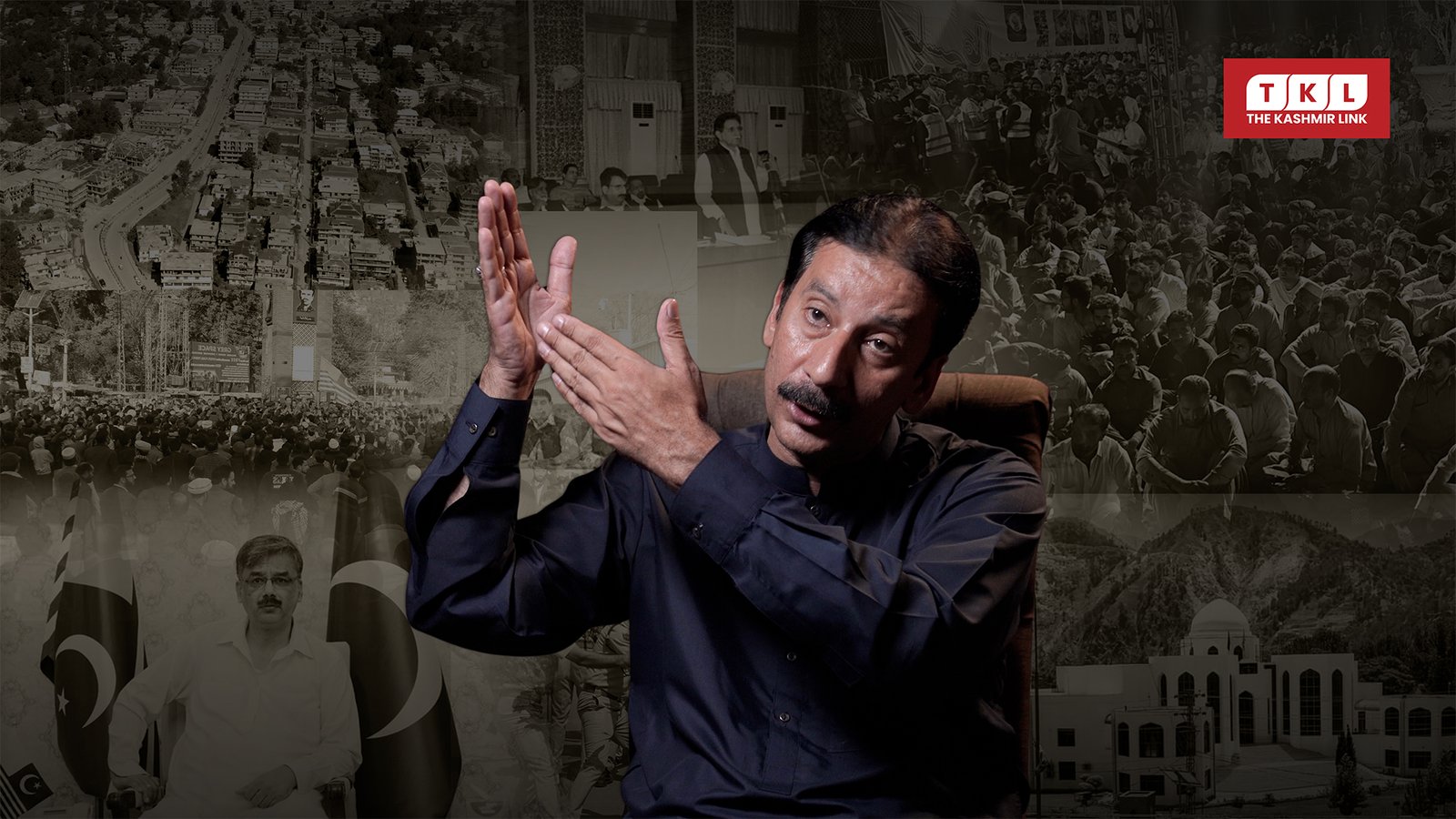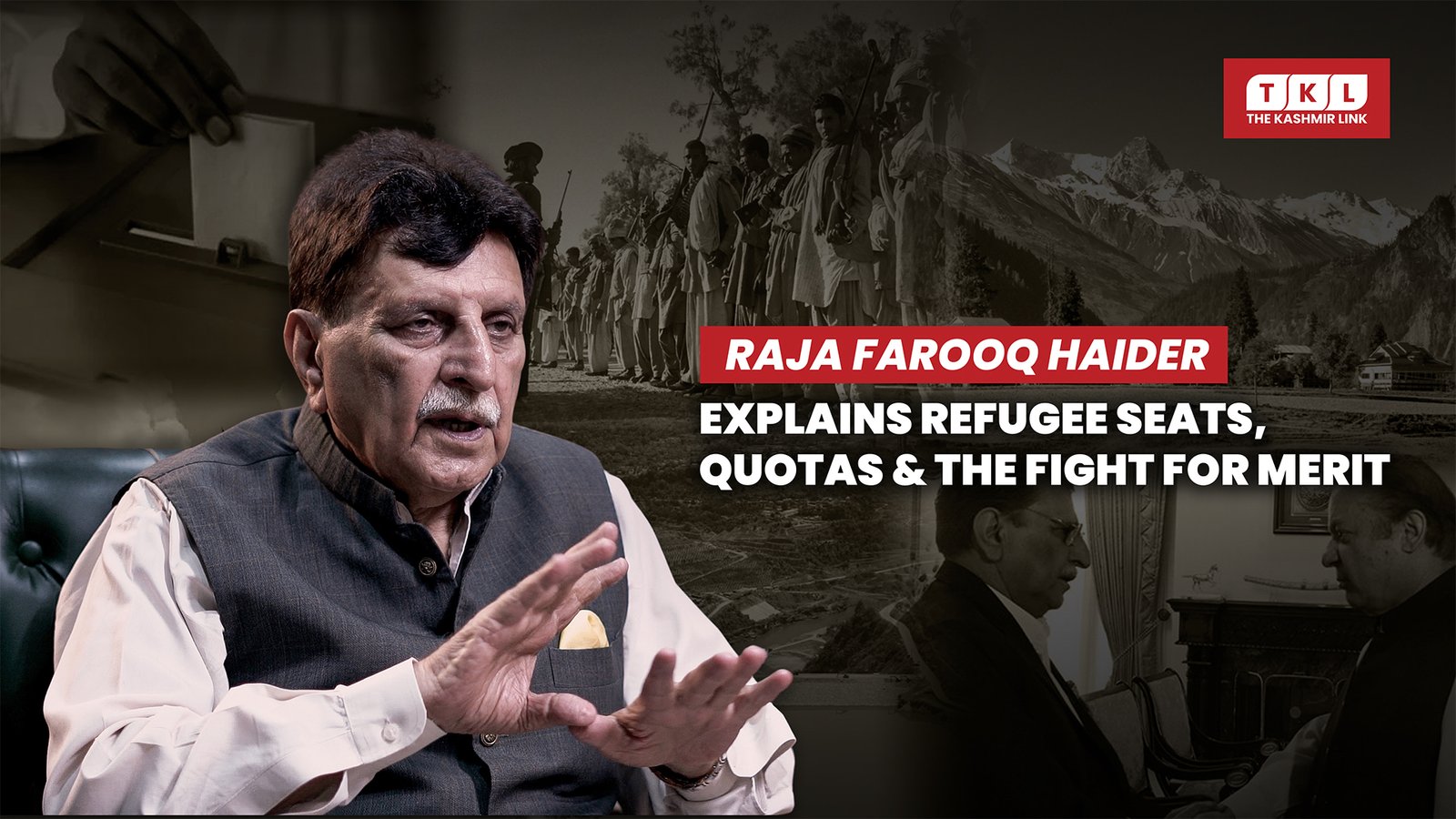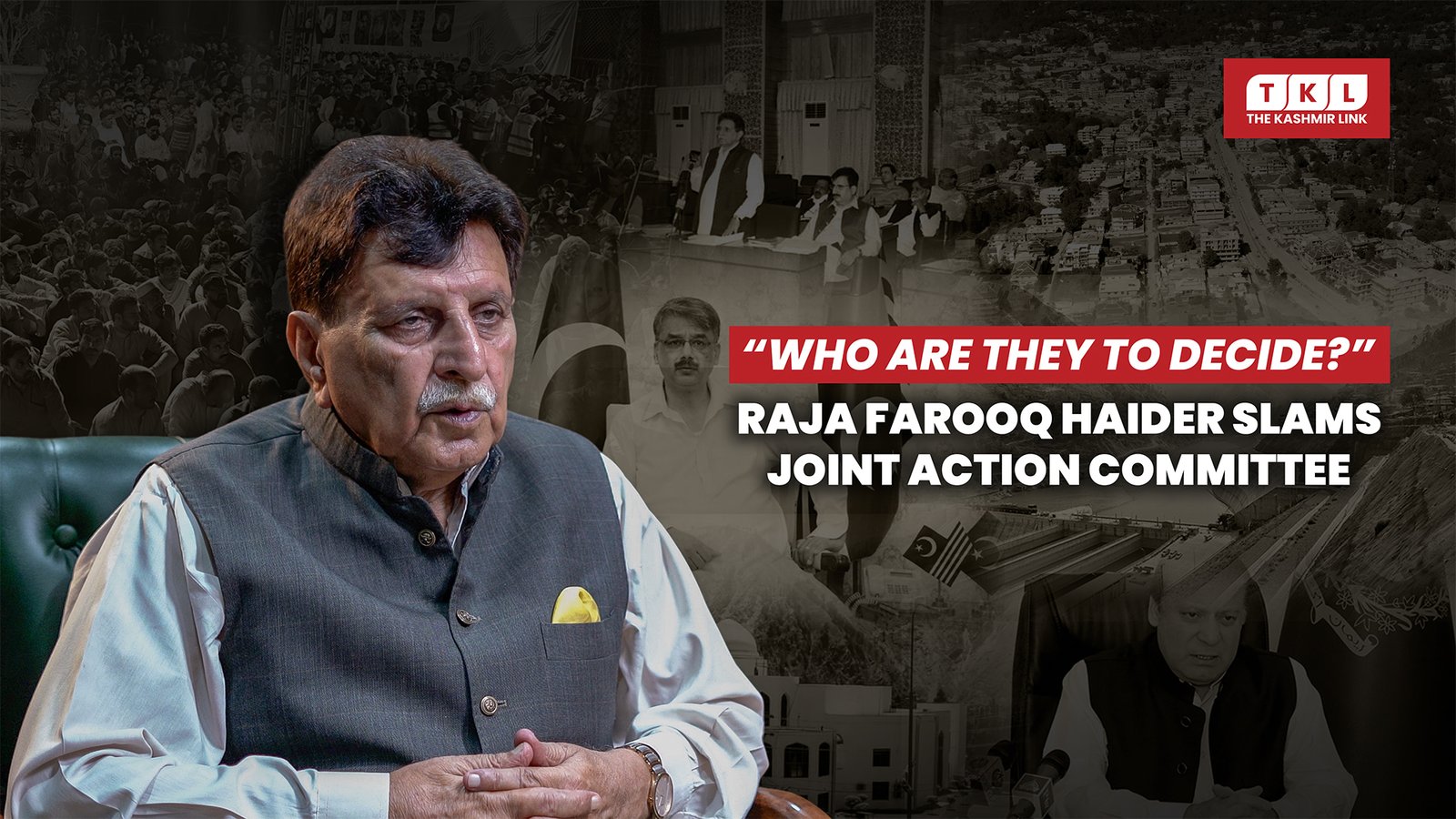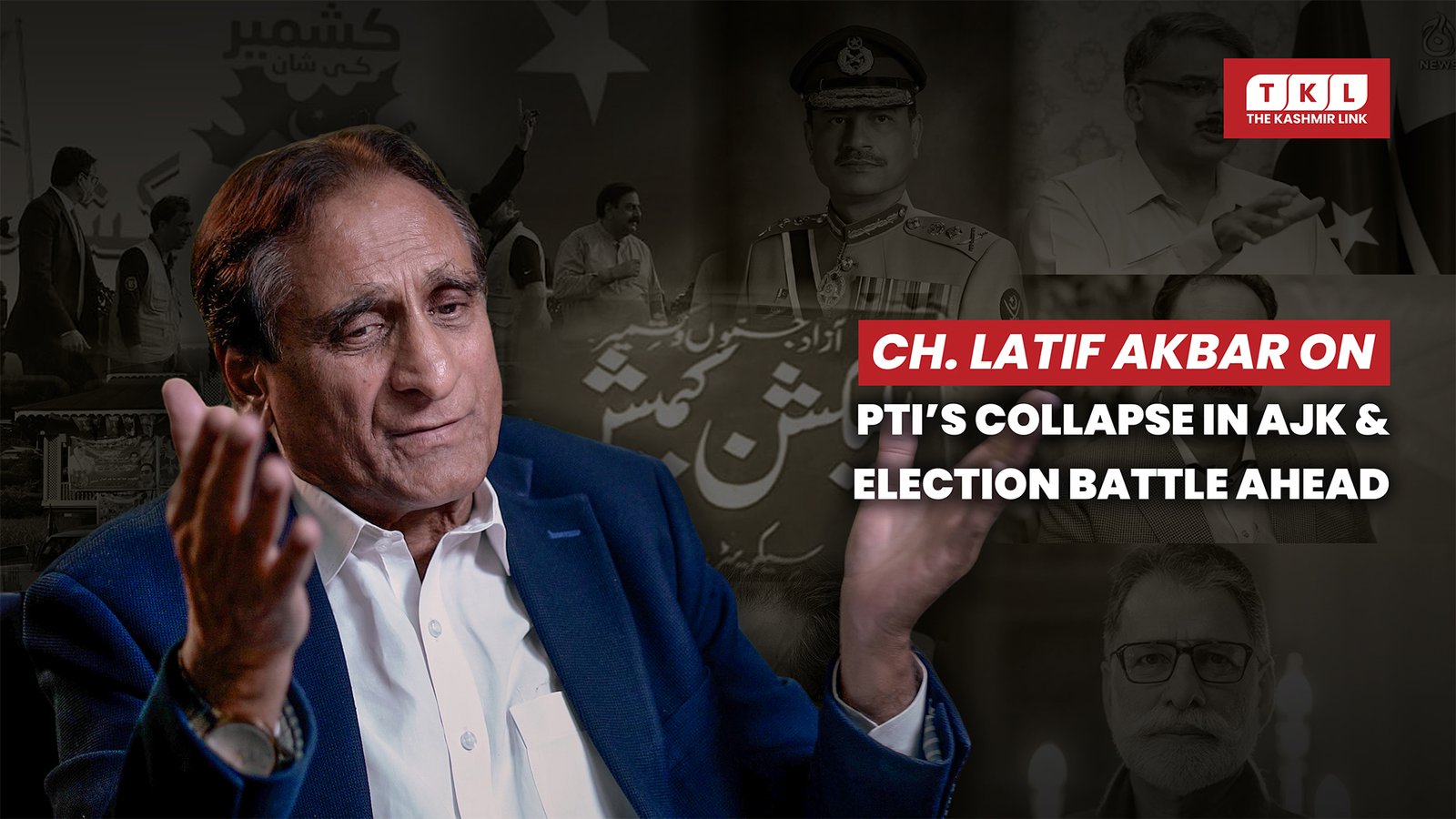History of Kashmir: A Captivating Tale of Conflict & Courage

The history of Kashmir conflict is the world’s oldest territorial dispute and still remains unsolved to this very day. It is a prominent subject within the United Nations. As a remarkable piece of geography, it is disputed by most of the world except for India, and it is of utmost importance to Pakistan’s foreign diplomacy and regional politics.
This conflict stems all the way back to 1947 when Pakistan, along with the Kashmiri people, and many countries around the globe argue against. This was the year when India unreasonably took control of Jammu & Kashmir through sustained violence and by claiming it via the highly contested Instrument of Accession signed by Maharaja Hari Singh in 1947. This is also known as the partition of Kashmir, and it is extremely important.
Ancient to Colonial Era: The Early History of Kashmir
The Kashmir conflict is the world’s oldest territorial dispute and still remains unsolved to this very day. It is a prominent subject within the United Nations. As a remarkable piece of geography, it is disputed by most of the world except for India, and it is of utmost importance to Pakistan’s foreign diplomacy and regional politics.
This conflict stems all the way back to 1947 when Pakistan, along with the Kashmiri people, and many countries around the globe argue against. This was the year when India unreasonably took control of Jammu & Kashmir through sustained violence and by claiming it via the highly contested Instrument of Accession signed by Maharaja Hari Singh in 1947. This is also known as the partition of Kashmir, and it is extremely important.
The Maharaja’s Rule and Growing Discontent
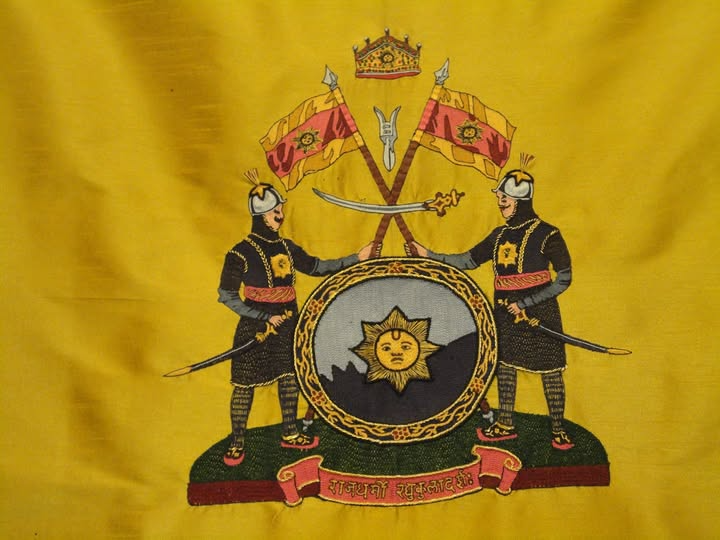
Gulab Singh and his heirs governed with harshness, consistently stifling the largely Muslim populace. Consequently, dissatisfaction reached a boiling point in 1931, culminating in a large-scale uprising that Maharaja Hari Singh violently suppressed. In reaction to this tyranny, Sheikh Abdullah established the All Jammu & Kashmir Muslim Conference in 1932 (which was renamed the National Conference in 1939), marking the beginning of the region’s first organized political movement. Despite minor democratic reforms, underlying tensions continue due to the oppressive policies of the Maharaja.
The Partition of India and the History of Kashmir Conflict (1947)
The 1947 partition of British India allowed princely states to select whether to join India, Pakistan, or remain independent. Maharaja Hari Singh struggled with his decision, contending with rebellion from his Muslim-majority population who leaned towards joining Pakistan. As tensions escalated and tribal unrest grew, the Maharaja sought military assistance from India and reportedly signed the contentious Instrument of Accession on 26 October 1947. This accession was intended to be temporary, awaiting a plebiscite that was promised by India’s Governor General, Lord Mountbatten—a pledge that India later hindered.
The First Indo-Pak War and UN Involvement (1947–1949)

India and Pakistan fought a war over Kashmir in 1947. Following this, India presented the issue to the United Nations on January 1, 1948. In response, a ceasefire was brokered by the UN in 1949, resulting in the establishment of the Line of Control (LoC). Additionally, the UN Security Council (UNSC) and the UN Commission for India and Pakistan (UNCIP) adopted multiple resolutions, emphasizing the right of the people of Kashmir to decide their future through a fair and impartial plebiscite. Specifically, the UNSC Resolution dated April 21, 1948, along with UNCIP Resolutions from August 3, 1948, and January 5, 1949, underscored this principle.
Formation and Governance of Azad Jammu & Kashmir (AJK)
Before the formal accession, authorities announced a government in exile in Rawalpindi on 5 October 1947 and formally constituted it on 24 October 1947. The UN recognized this government as a local authority. The ceasefire agreement on 1 January 1949 divided the region, and the Simla Agreement of 1972 established the ceasefire line as the Line of Control.
The Political Structure and Governance of Azad Jammu & Kashmir
A tripartite agreement in 1949 brought AJK under Pakistan’s administrative control through the Ministry of Kashmir Affairs. Governance evolved through various legal frameworks:
- 1960s: The AJK Basic Democracies Act and the 1964 Government Act established state councils and a presidential system.
- 1970: The Azad Jammu & Kashmir Government Act introduced a more autonomous presidential system with fundamental rights enforced by the High Court.
- 1974: The Interim Constitution Act shifted to a parliamentary system, mirroring Pakistan’s governance model. The AJK Council, headed by Pakistan’s Prime Minister, held significant legislative and executive powers.
- 2018 (13th Amendment): This amendment transferred legislative powers from the AJK Council to the Government of Pakistan, reducing AJK’s autonomy.
The Current Political and Legal Status of Azad Jammu & Kashmir
AJK operates under the Interim Constitution Act of 1974, with governance closely tied to Pakistan’s federal structure. Although Pakistan does not recognize AJK as a constitutional province, it treats the region similarly for administrative purposes. The 13th Amendment significantly curtailed AJK’s legislative powers, centralizing authority with Pakistan’s federal government.
The Ongoing Struggle in Kashmir

The history of Kashmir is significantly influenced by regional politics, colonial legacies, and the ongoing fight for self-determination. In spite of various UN resolutions and attempts at international mediation, the conflict over Kashmir remains unresolved. This ongoing struggle highlights the critical need for a fair and peaceful solution that respects the wishes of the Kashmiri populace. Additionally, the pursuit of self-determination continues to shape the region’s dynamics, as AJK balances its distinctive position between independence and external pressures.
The Enduring Legacy of History of Kashmir
The narrative of Kashmir is not merely a series of events; it reflects the resilience of the region in the face of challenges. The pursuit of self-governance remains pivotal in influencing its political dynamics, positioning it at the center of global diplomatic efforts and human rights initiatives.
This detailed summary not only points out significant historical events but also underscores the continuous struggle and hopes of the Kashmiri population.

